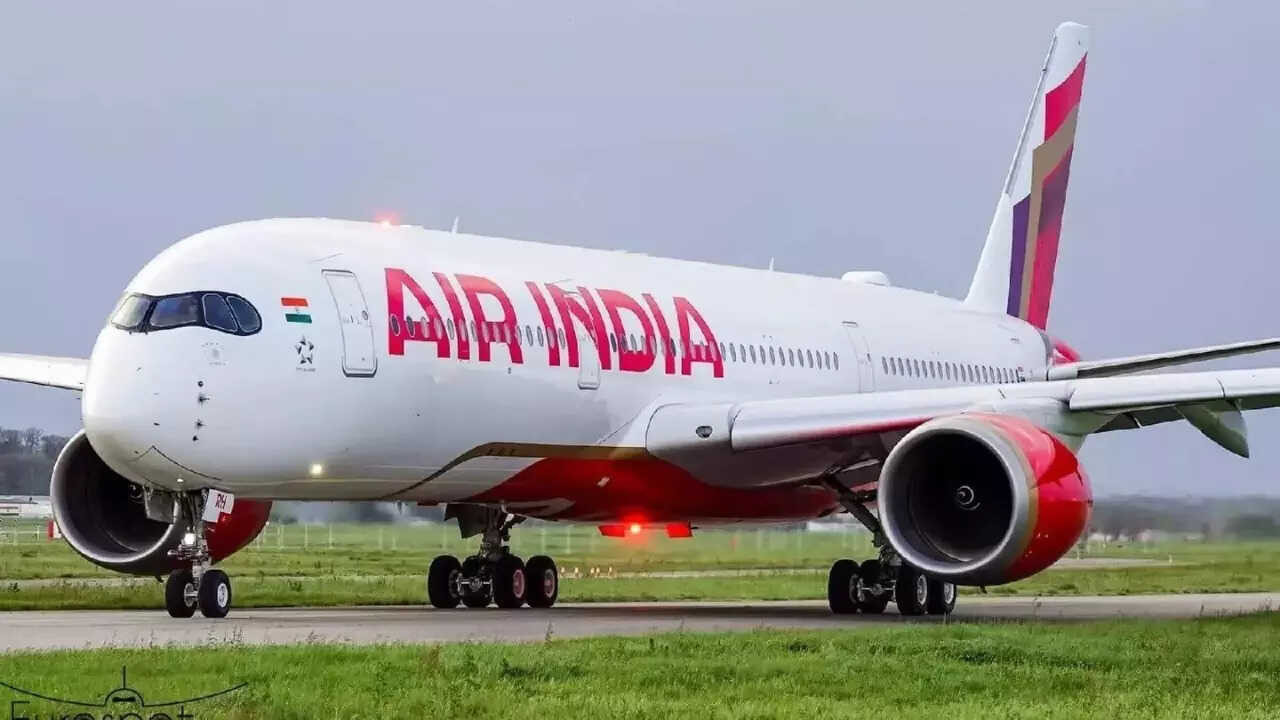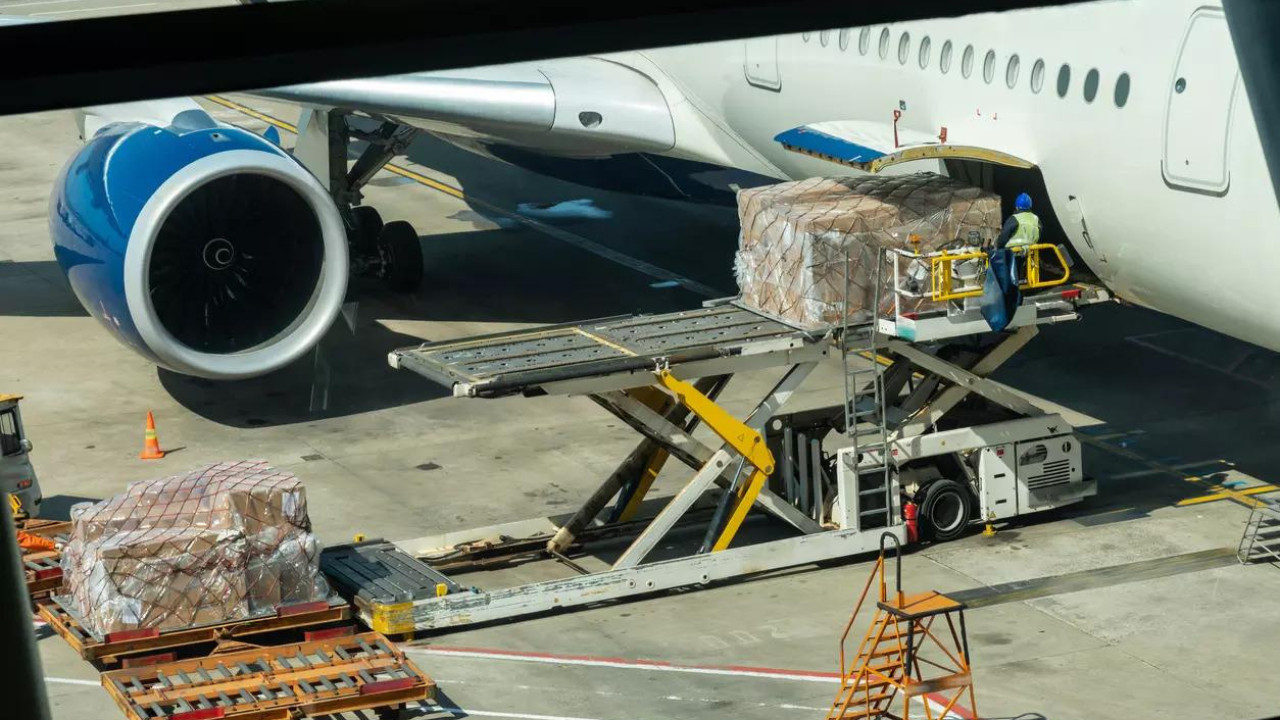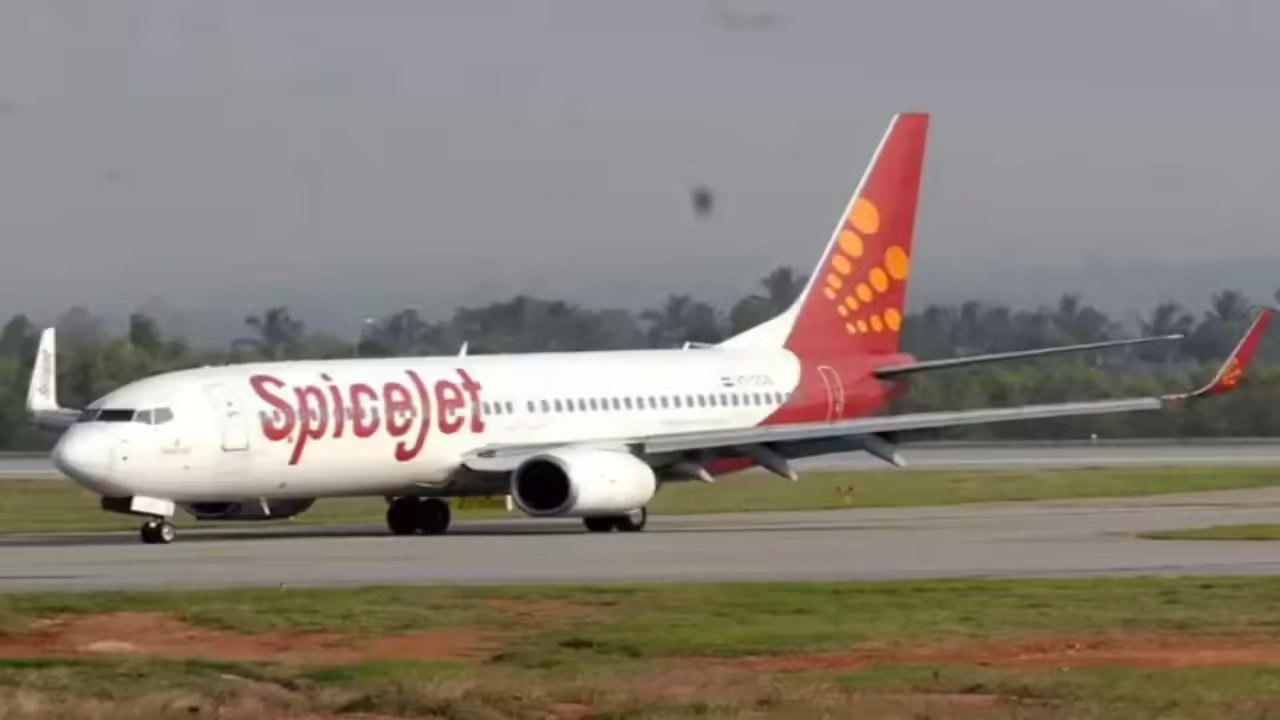Air India faces scrutiny from the DGCA following an annual audit that revealed significant safety lapses. The airline’s operations were found to have insufficient pilot training programs and the use of non-authorized flight simulators.
Air India’s Turbulence: Addressing Safety Concerns & Charting a Course for Change
Air India, once a symbol of national pride, finds itself navigating some serious headwinds. Recent reports stemming from the Directorate General of Civil Aviation’s (DGCA) annual audit paint a concerning picture, highlighting 51 instances of safety lapses that demand immediate attention. These aren’t mere administrative hiccups; they touch upon the very core of aviation safety: pilot training, crew rostering, and overall operational procedures. It’s a situation that requires a deep dive and a commitment to course correction.
Unpacking the DGCA Audit Findings
The DGCA audit casts a spotlight on several key areas where Air India needs to significantly improve. One of the most alarming findings revolves around inadequate pilot training. Safe skies depend on highly skilled and well-prepared pilots, capable of handling routine flights and unexpected emergencies with equal confidence. Any deficiency in this area directly impacts the safety of passengers and crew. The audit raises questions about the quality and frequency of training exercises, suggesting a need for a thorough review and upgrade of existing programs.
Another critical point of concern is the airline’s rostering system. Effective crew rostering is far more complex than simply filling seats in the cockpit. It’s about ensuring that pilots and crew members are adequately rested, comply with flight time limitations, and are mentally and physically fit to perform their duties. A poorly designed rostering system can lead to fatigue, increased risk of error, and potentially disastrous consequences. The DGCA’s findings suggest the current system isn’t up to par, raising concerns about potential pilot fatigue and burnout.
Beyond pilot training and rostering, the audit unearthed a range of other procedural lapses that need to be addressed. These might include inadequate maintenance protocols, inconsistencies in following standard operating procedures, or gaps in communication between different departments. Cumulatively, these issues create a climate of heightened risk.

The Road Ahead: Rebuilding Trust in Air India
So, what does this mean for Air India and its passengers? The situation is undoubtedly serious, but it’s not insurmountable. The airline now faces the urgent task of addressing the DGCA’s concerns comprehensively and transparently. This involves more than just ticking boxes; it requires a fundamental shift in mindset, prioritizing safety above all else.
Air India needs to invest heavily in upgrading its pilot training programs, incorporating the latest technologies and best practices. This might involve simulator training, refresher courses, and ongoing professional development opportunities for its pilots. Furthermore, the airline should revamp its crew rostering system, adopting a data-driven approach that takes into account factors such as fatigue levels, circadian rhythms, and individual pilot preferences. Such a system can proactively mitigate the risk of pilot fatigue and improve overall crew well-being. You can find more information about airline operations and safety standards on related articles, such as [Navigating Aviation Regulations Successfully](/aviation-regulations).
The DGCA’s audit serves as a crucial wake-up call for Air India. The airline must seize this opportunity to rebuild trust with the public and demonstrate an unwavering commitment to safety. This requires a concerted effort from top management down to every single employee.
A Chance for Transformation
While the audit findings are undoubtedly troubling, they also present an opportunity for Air India to transform itself into a safer and more reliable airline. By embracing a culture of continuous improvement, investing in its people, and prioritizing safety above all else, Air India can once again soar high and reclaim its position as a leading airline in the global aviation industry. Addressing these 51 safety lapses is just the first step on what will be a challenging, but ultimately rewarding, journey. The commitment to improvement in airline safety will be the key to future success.







